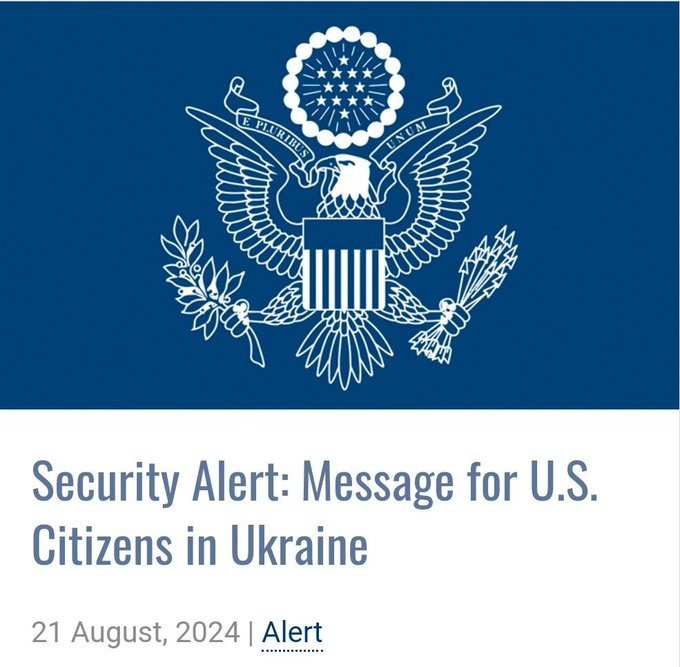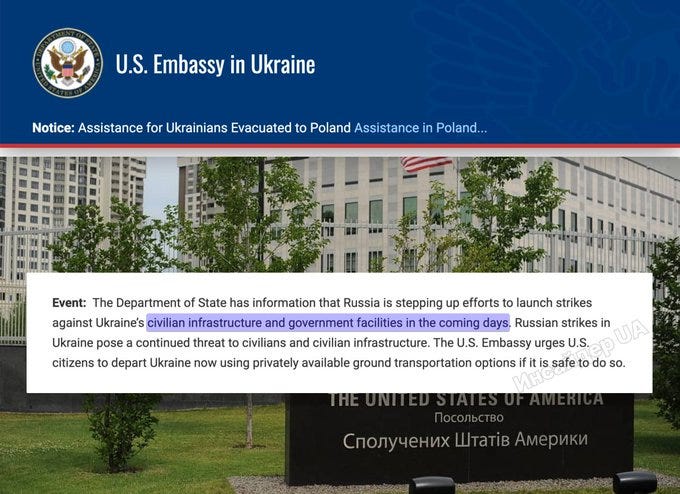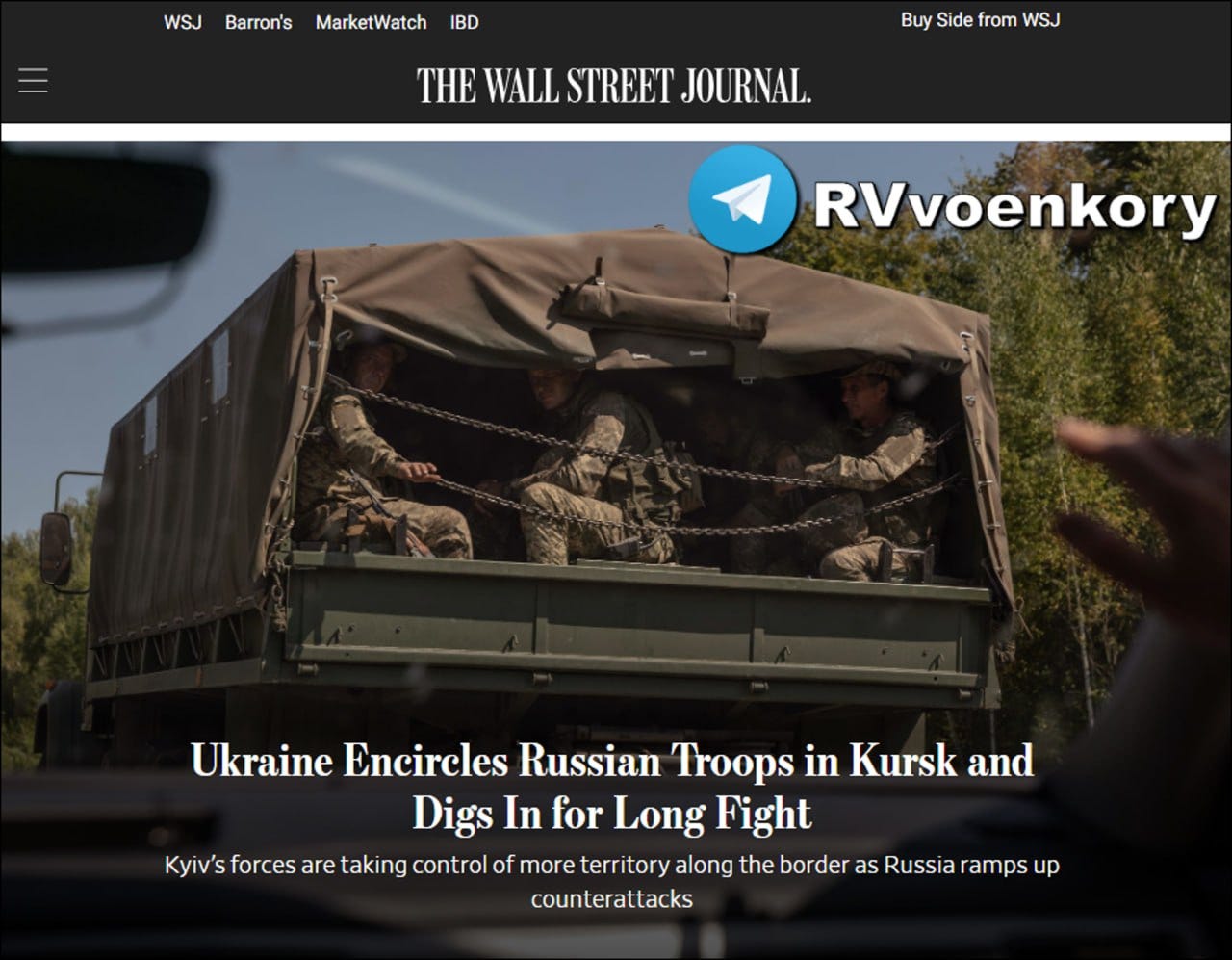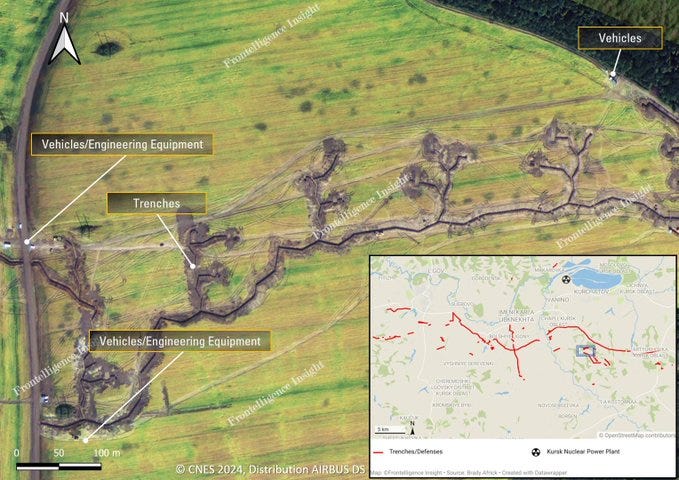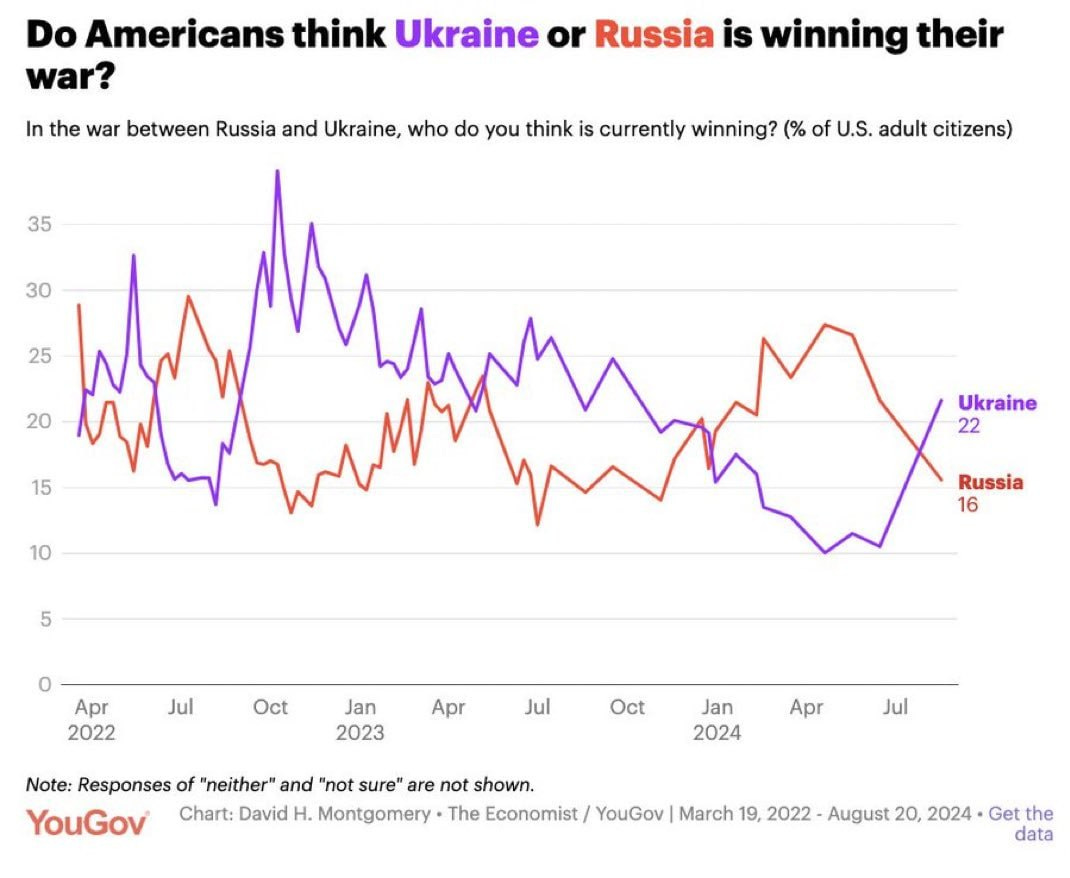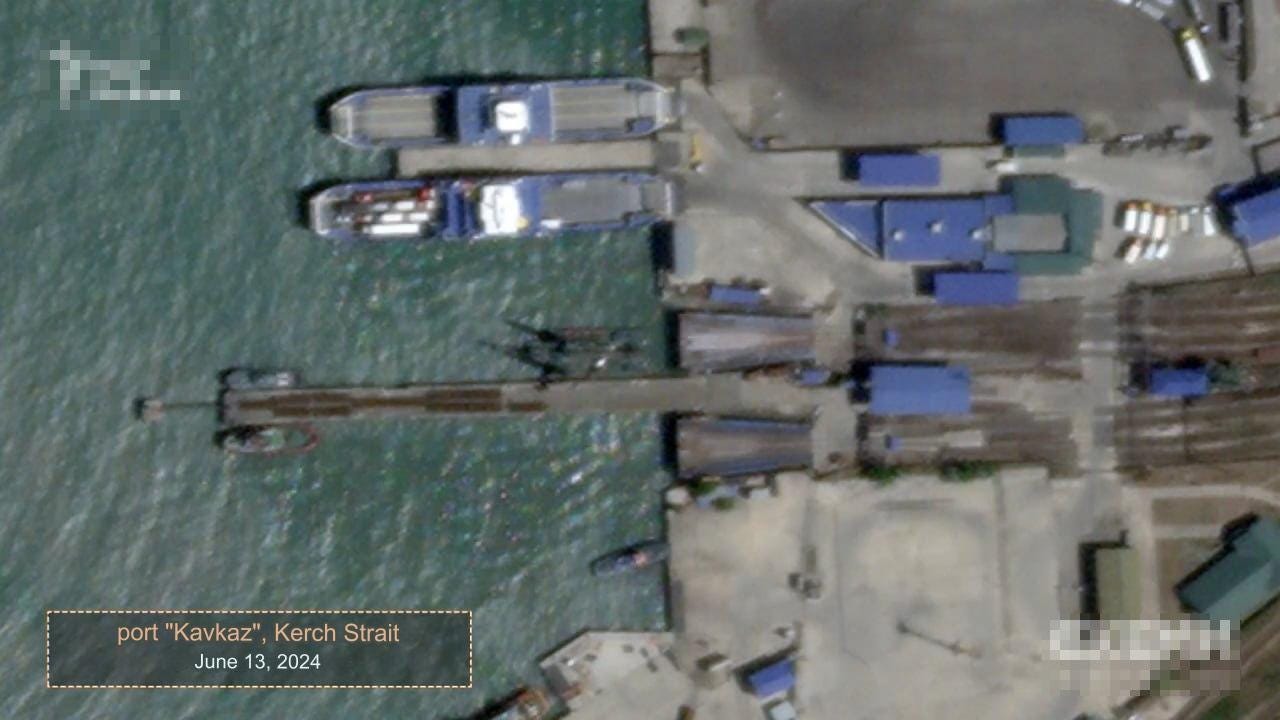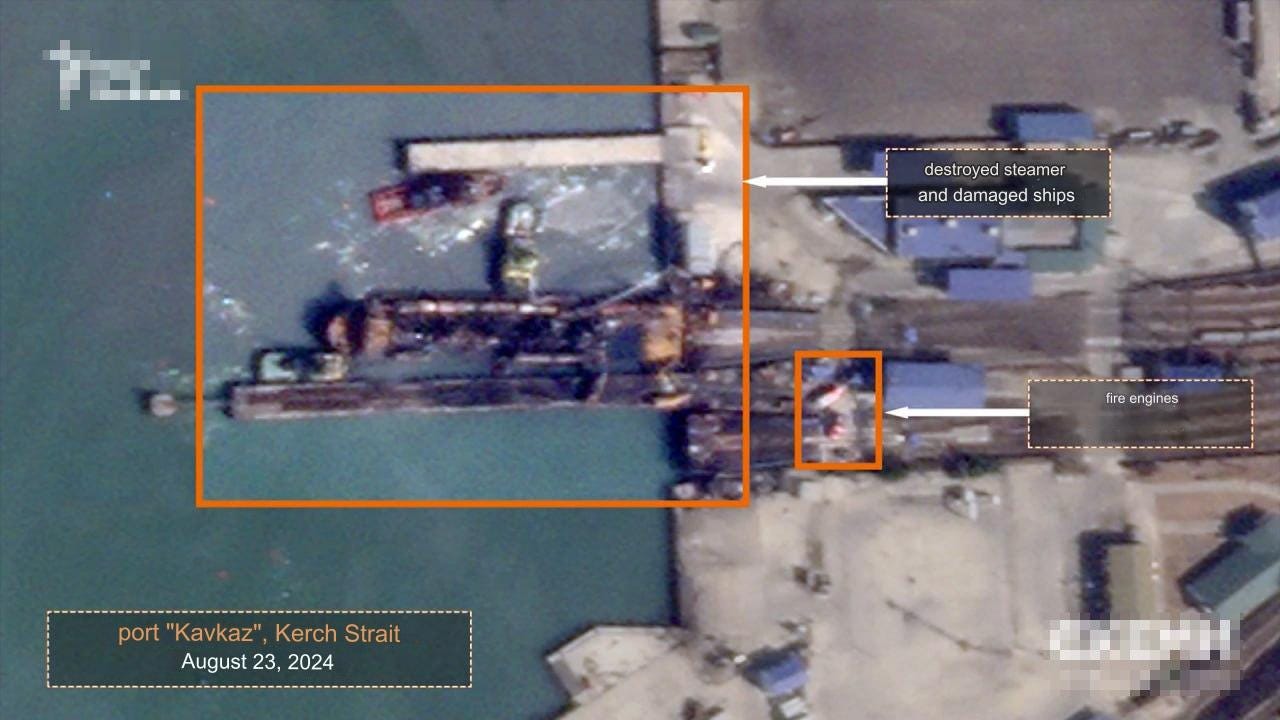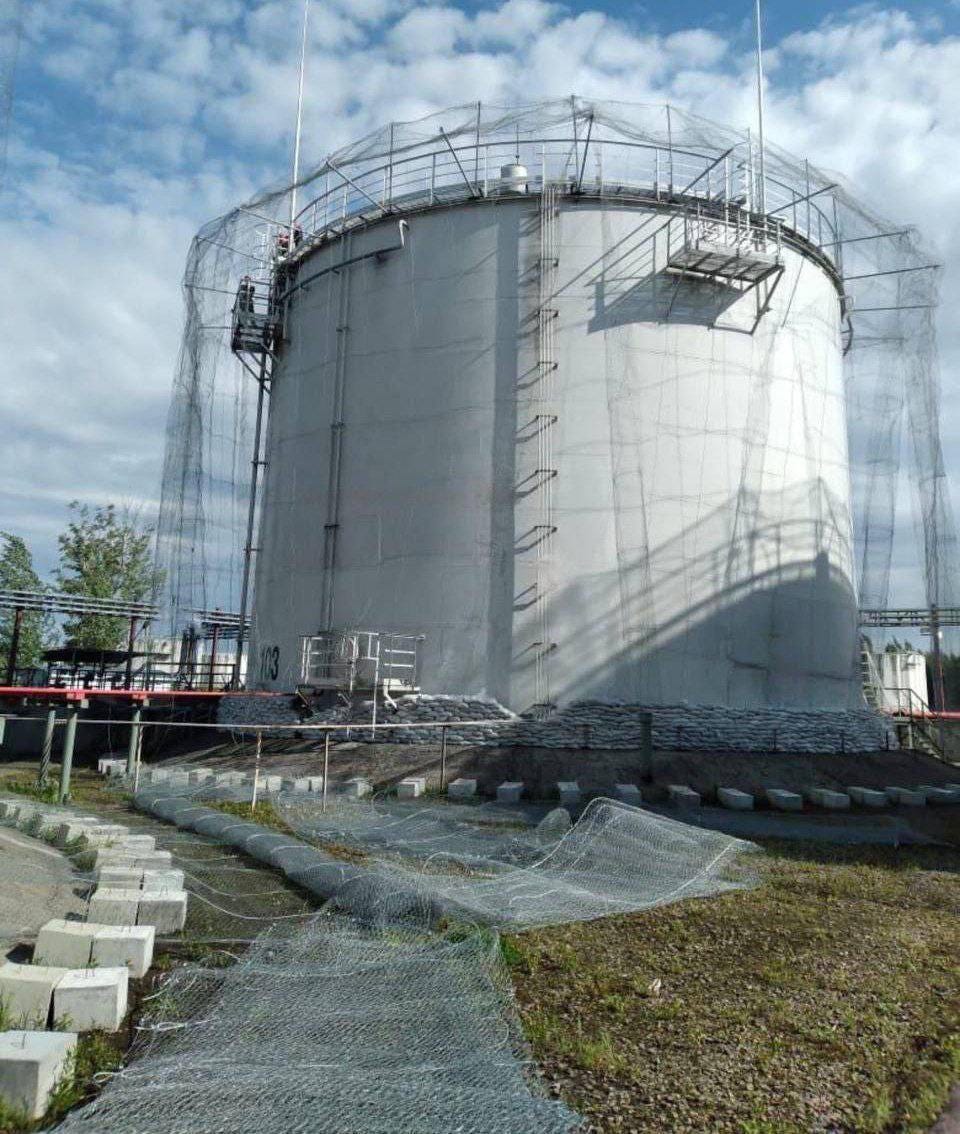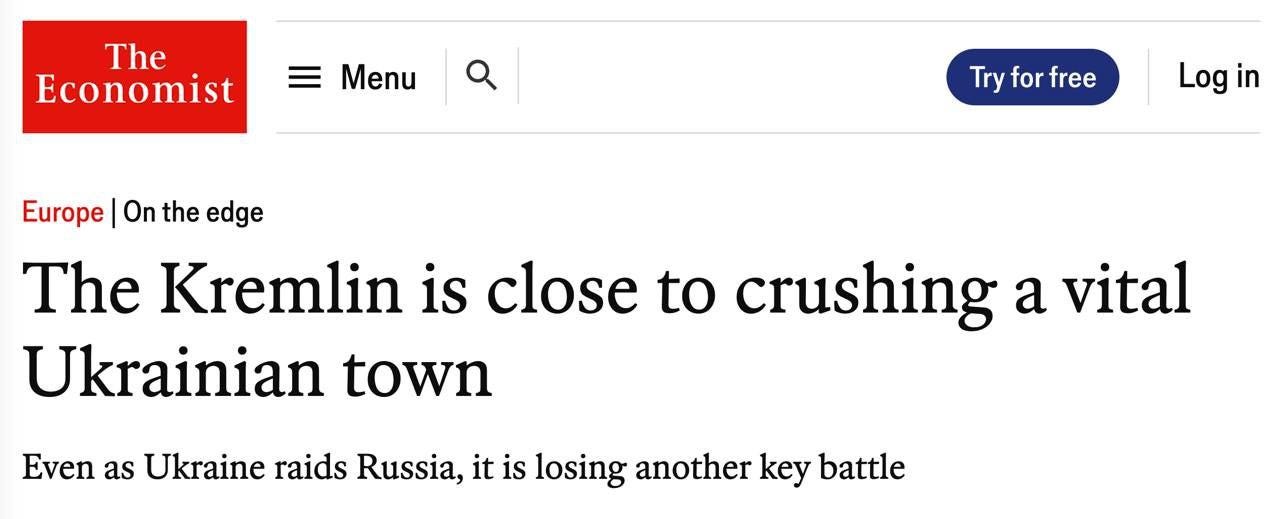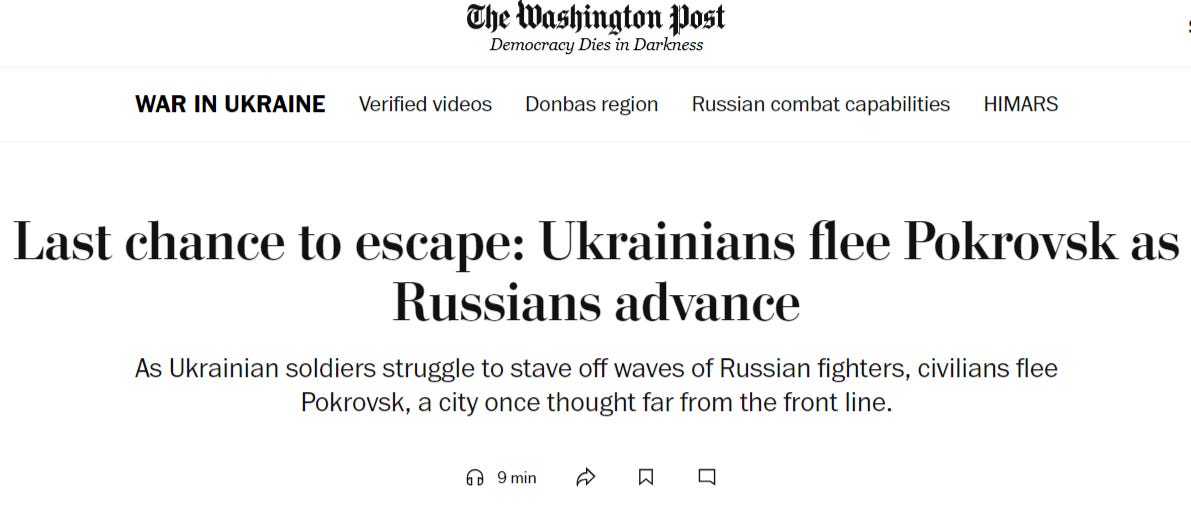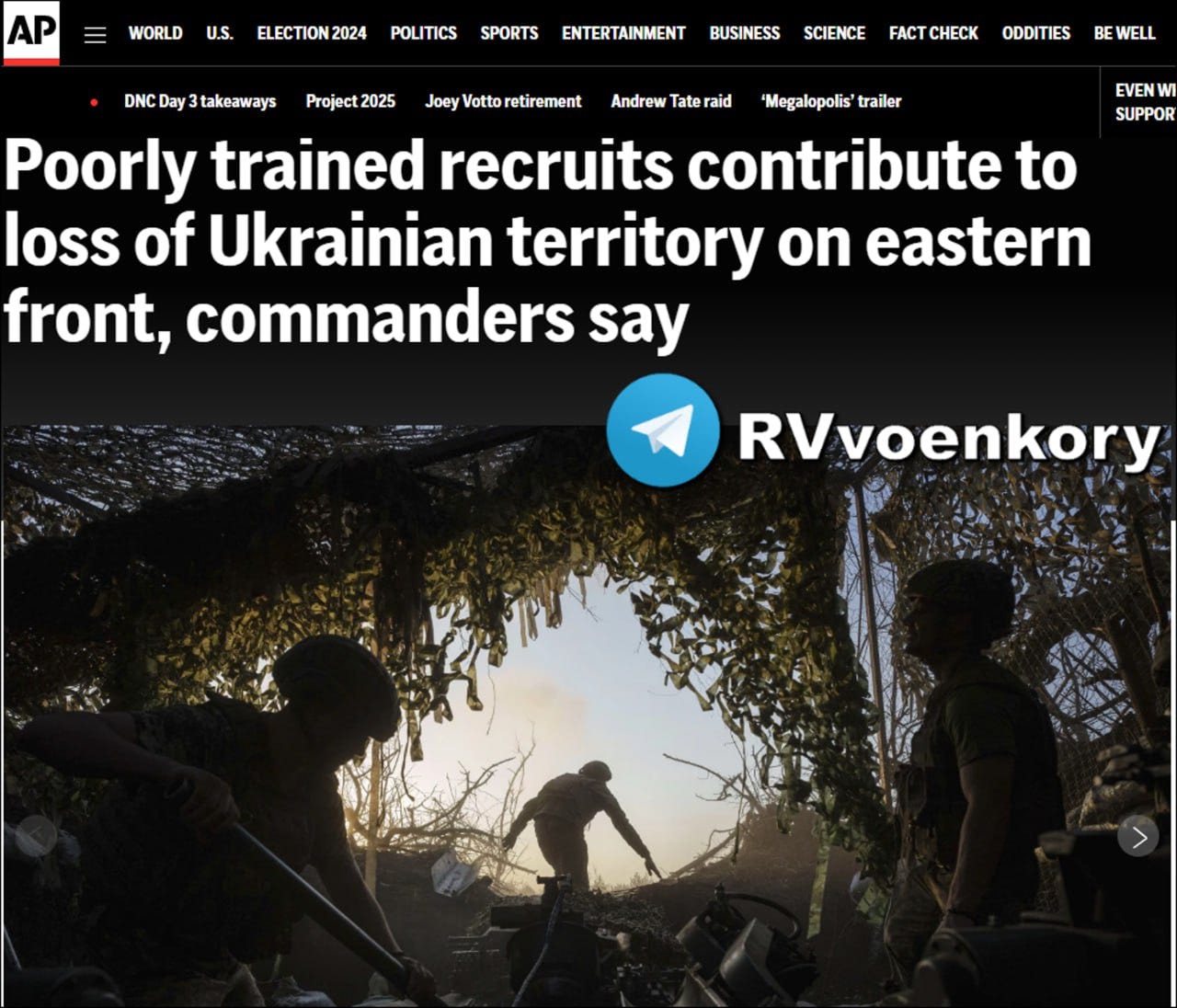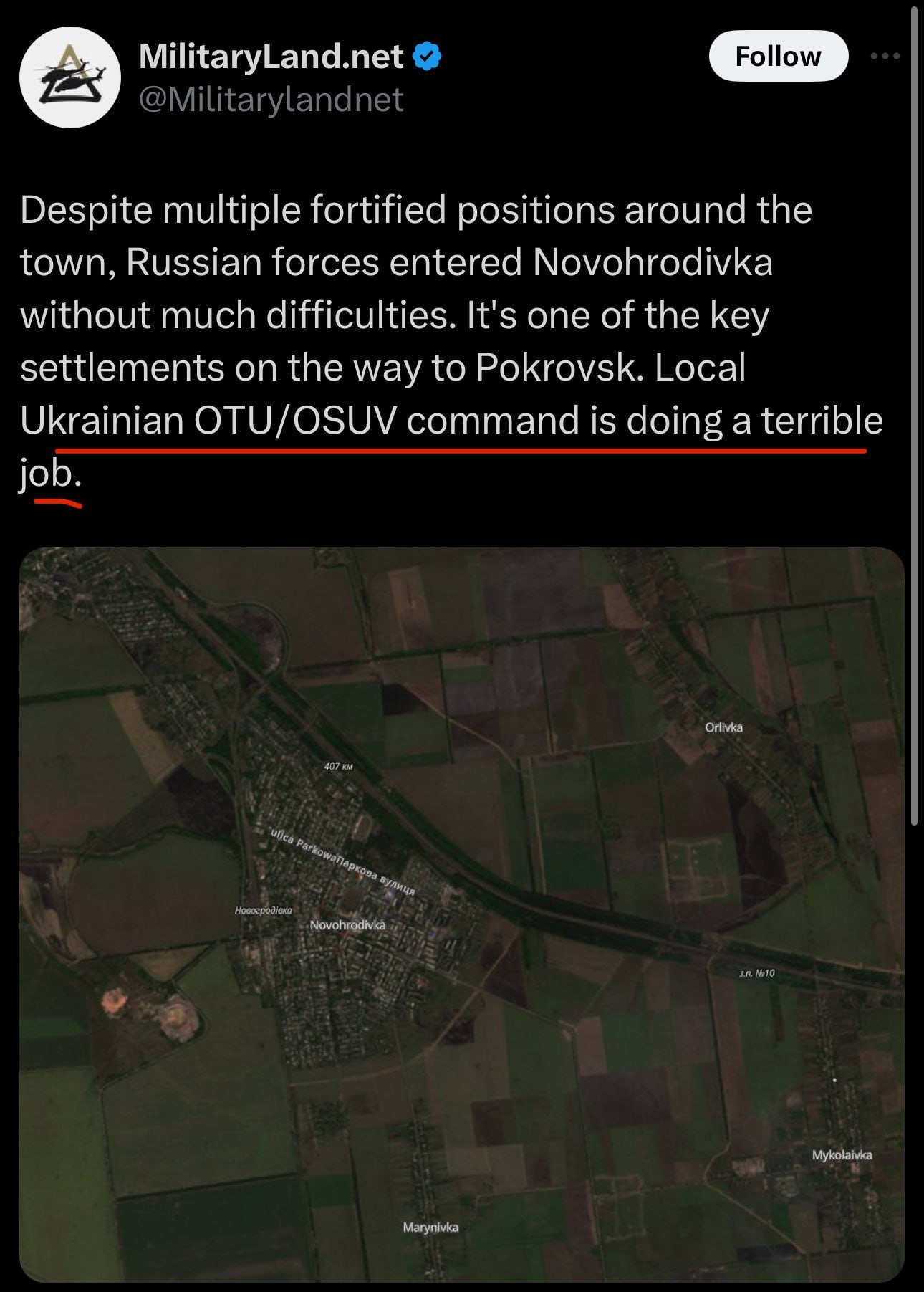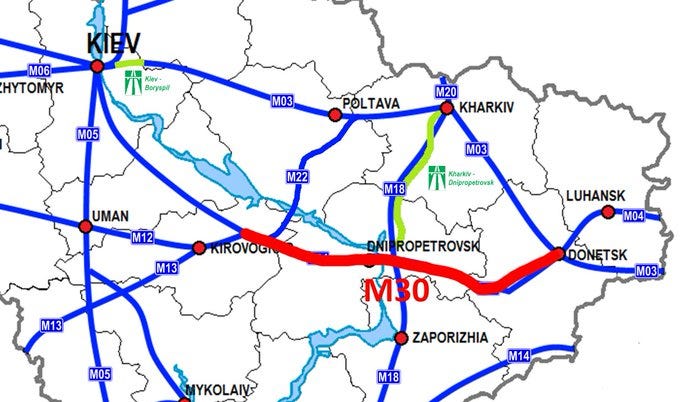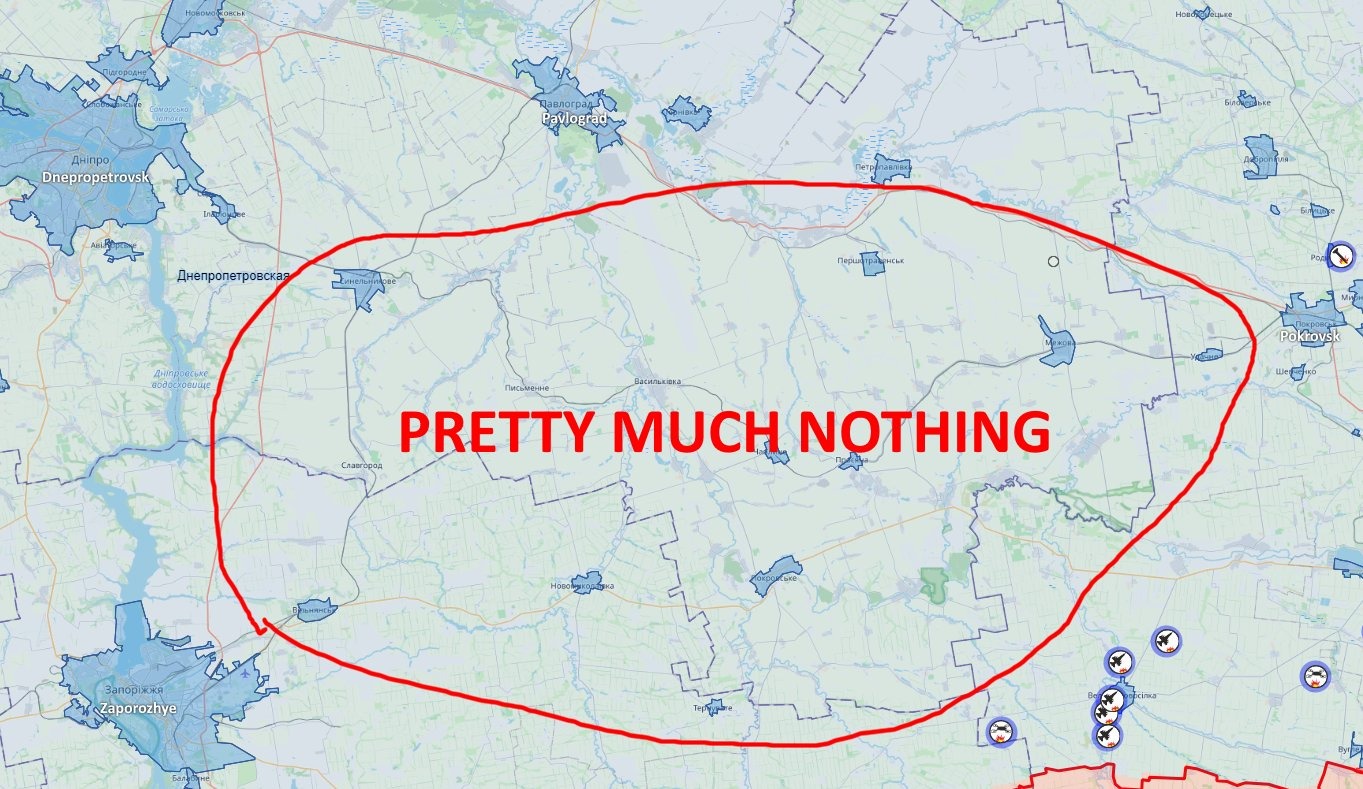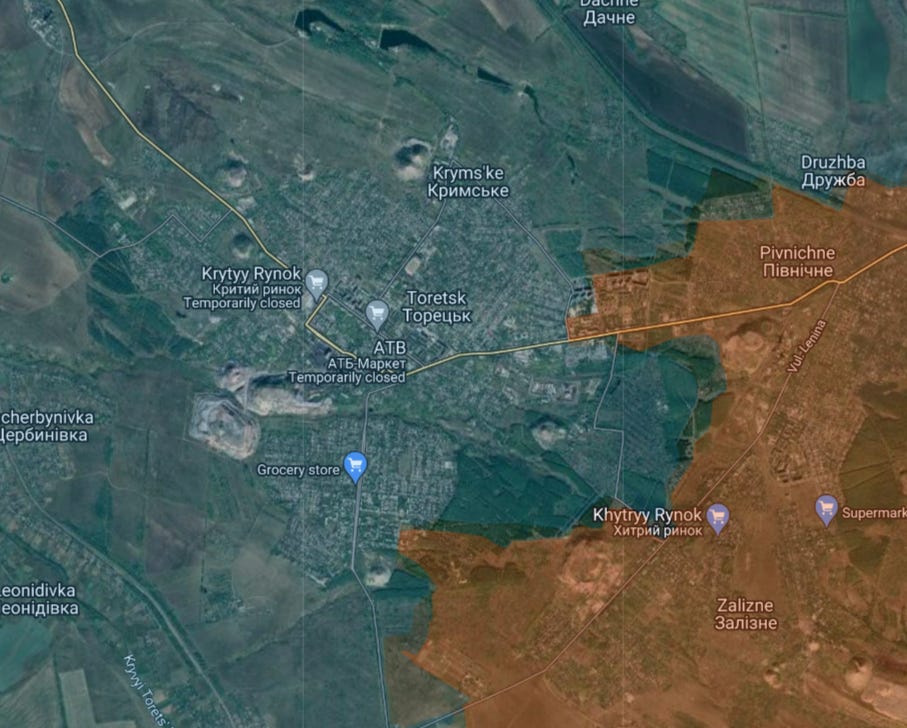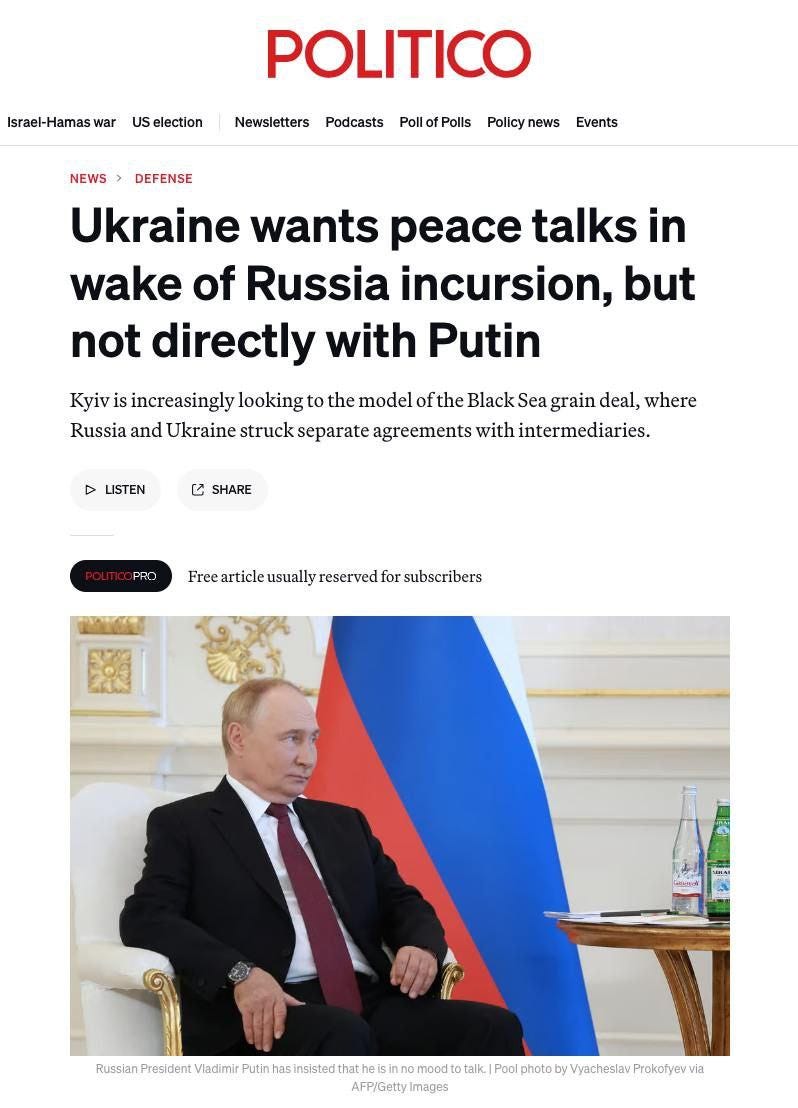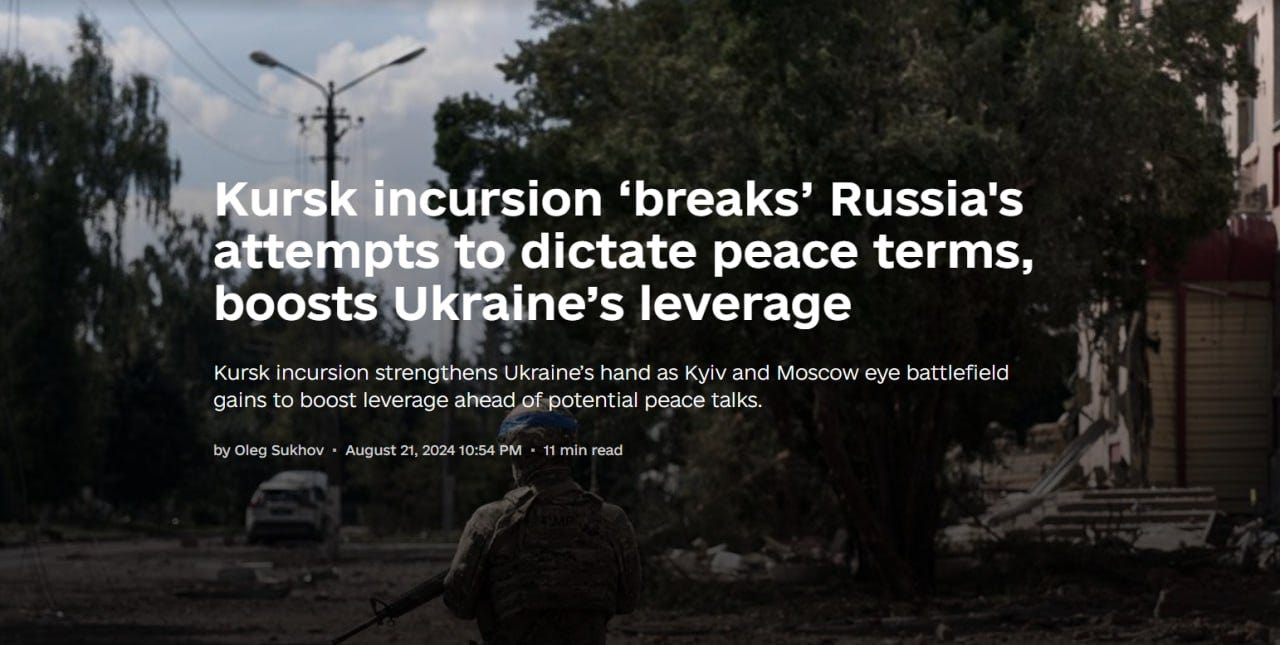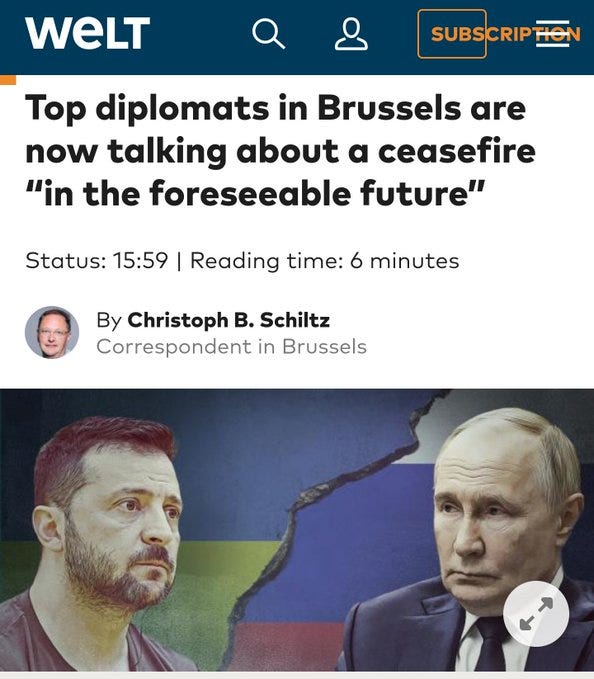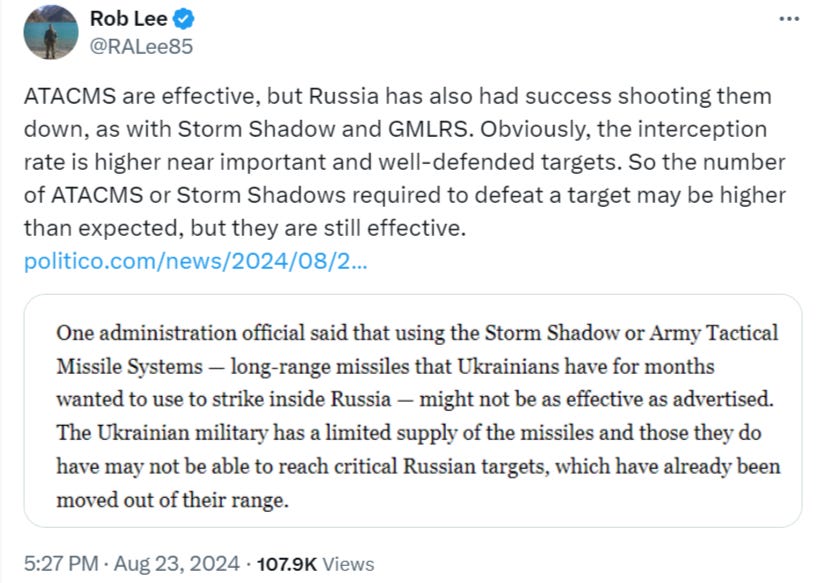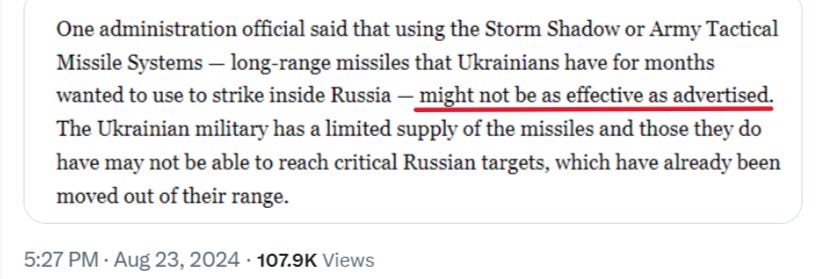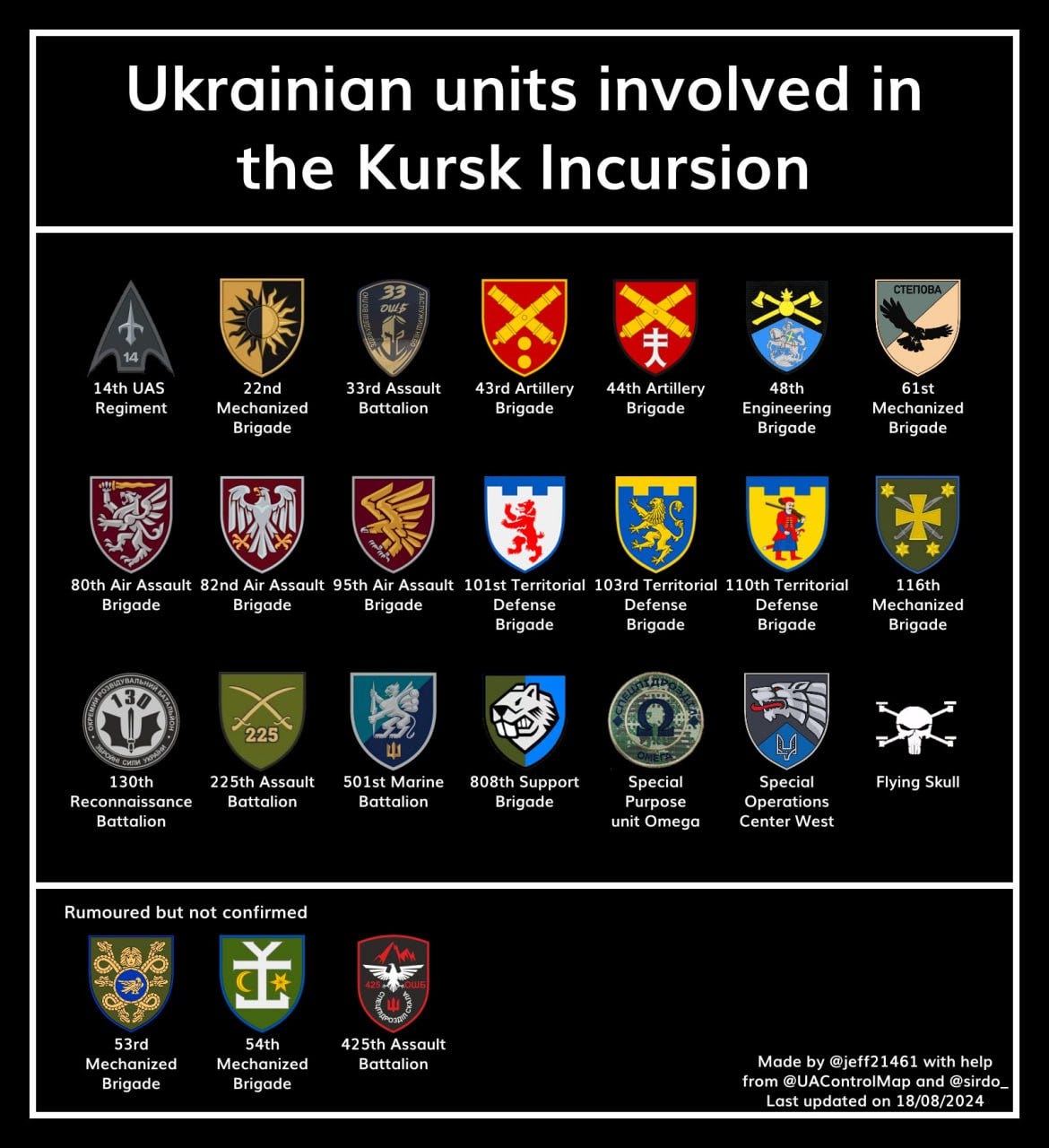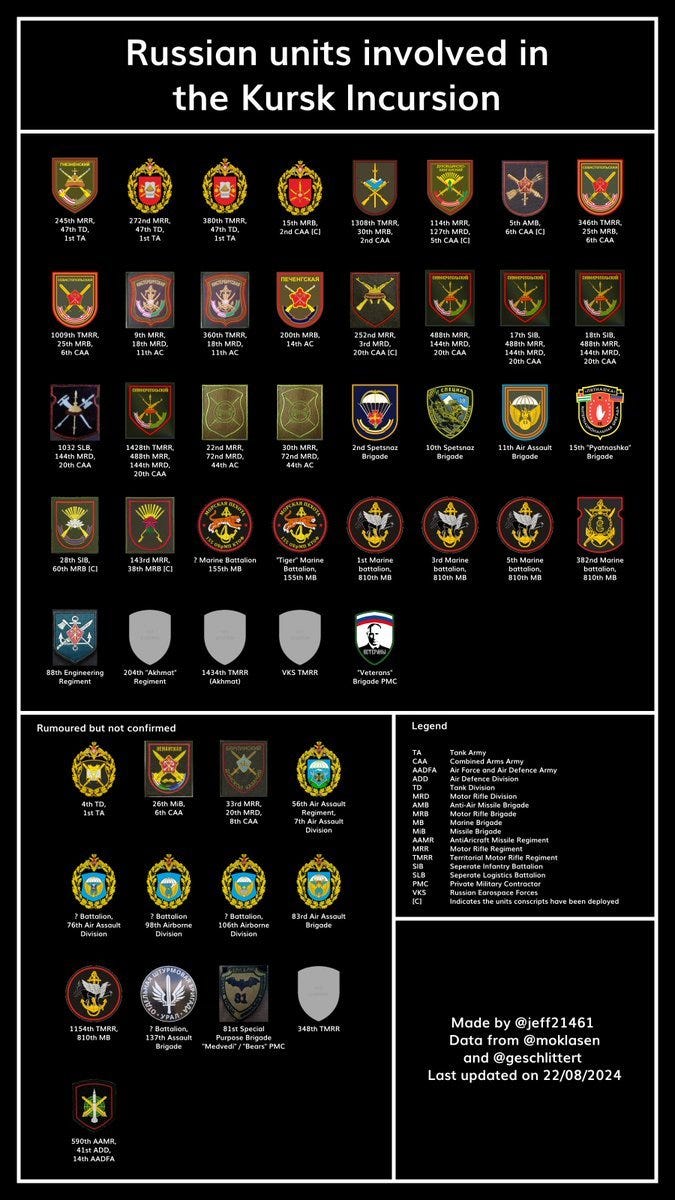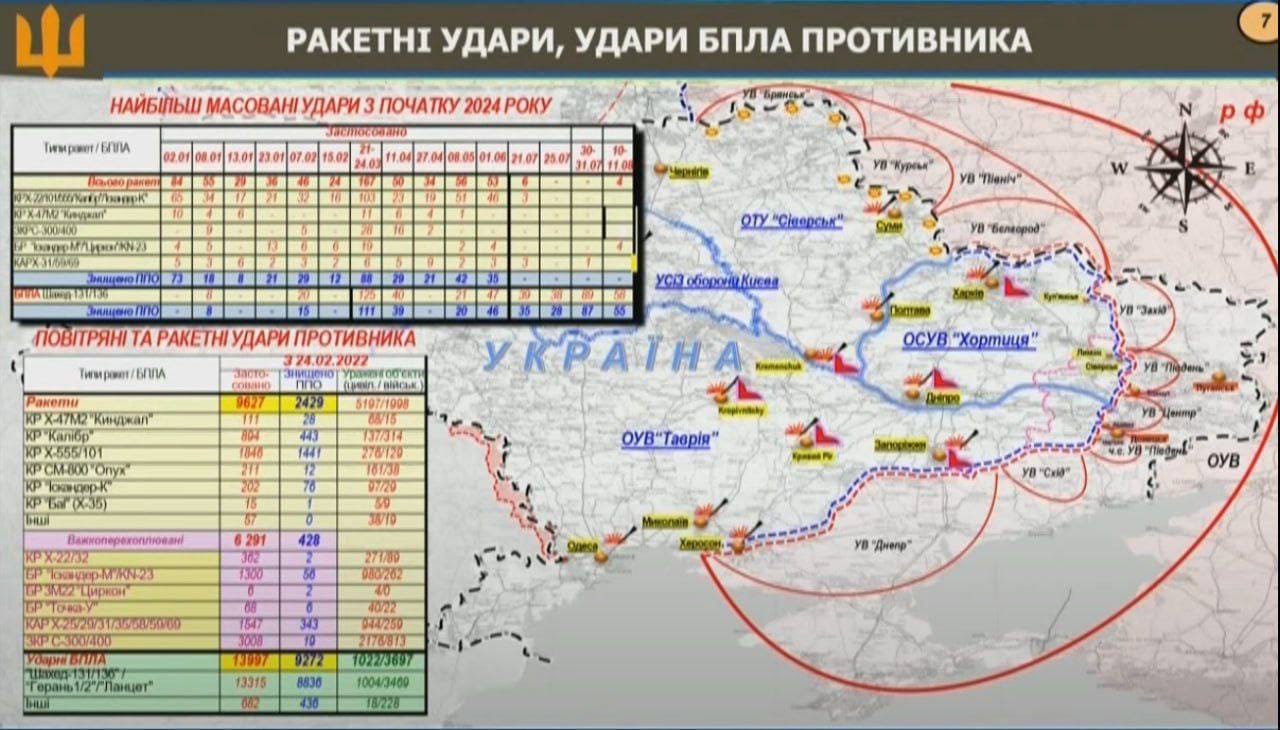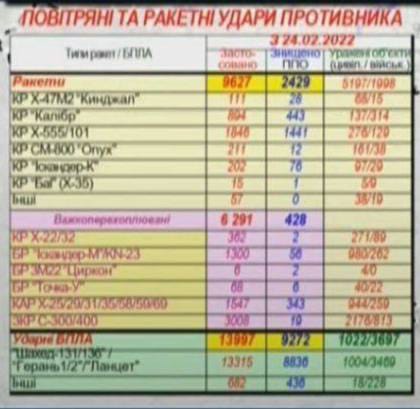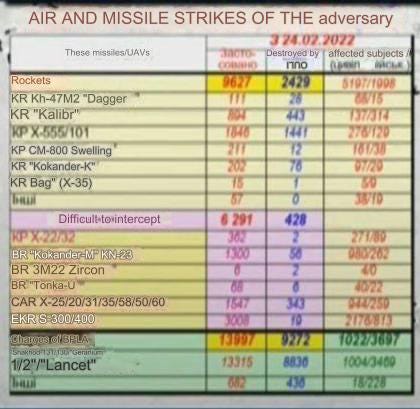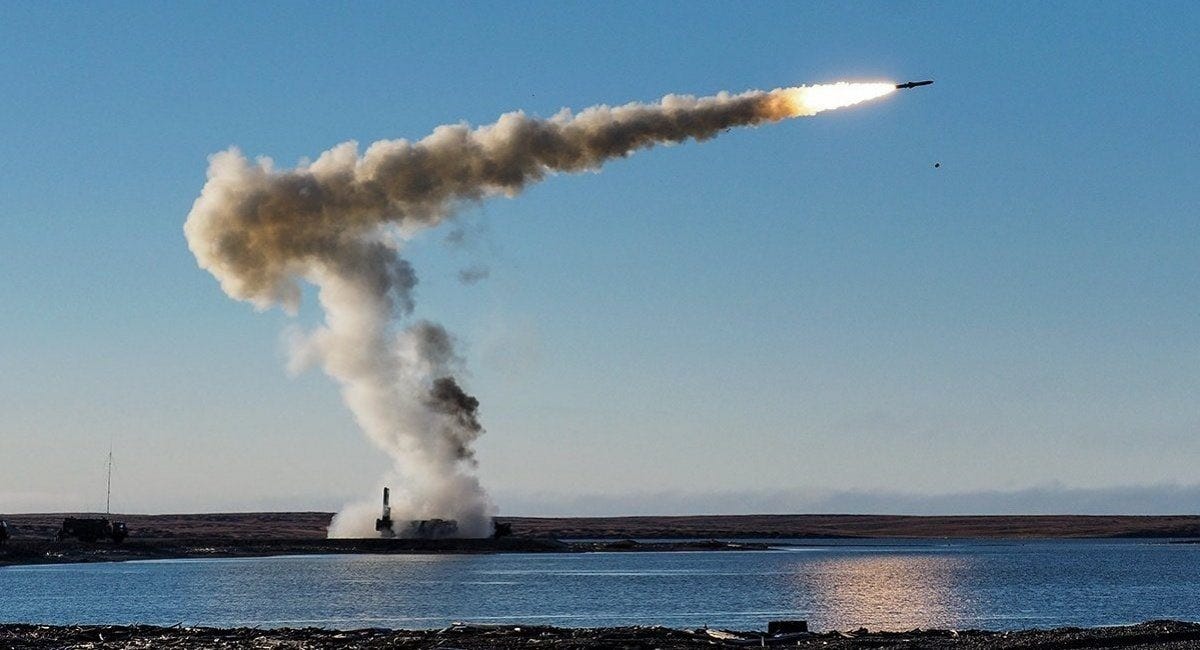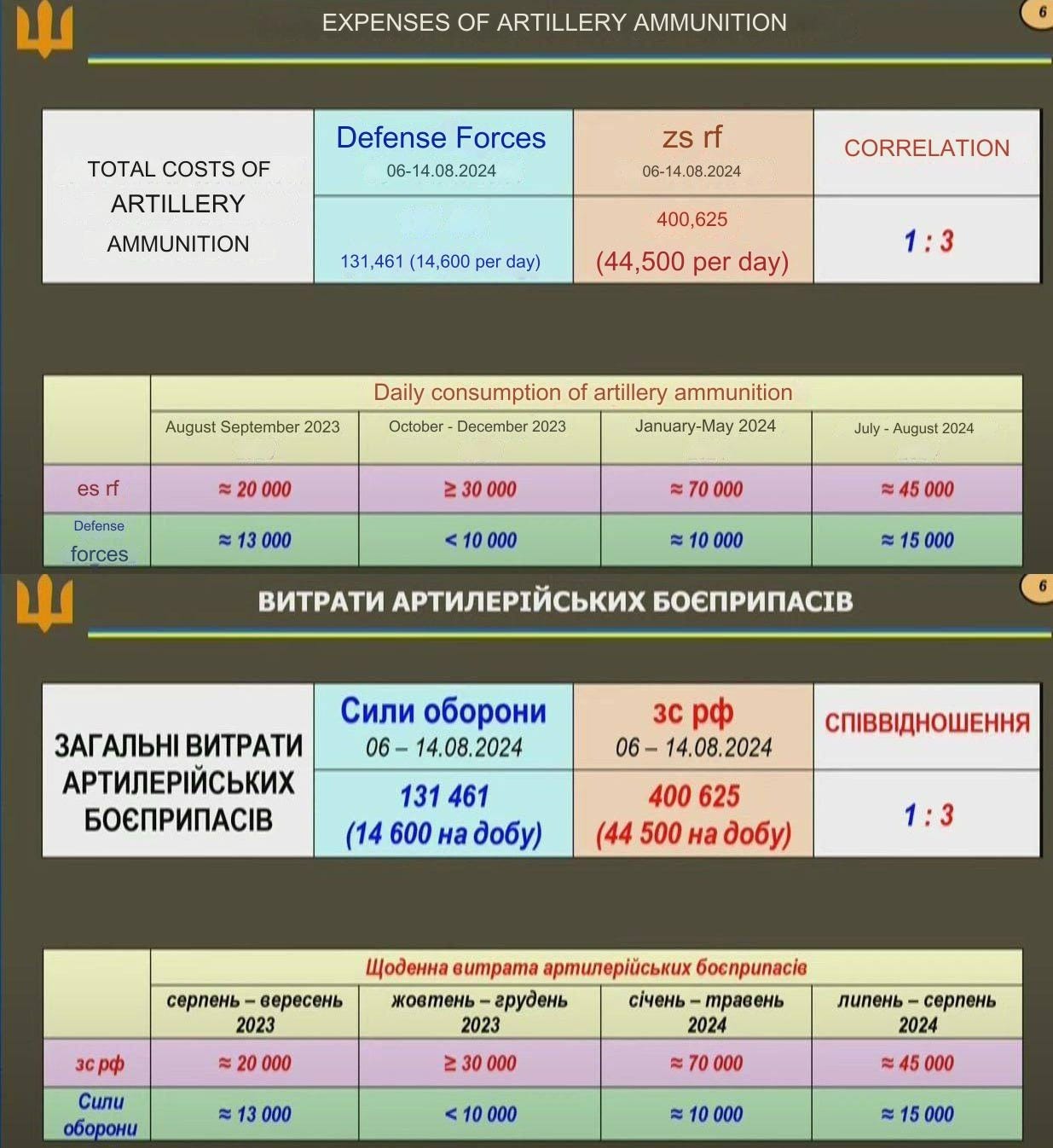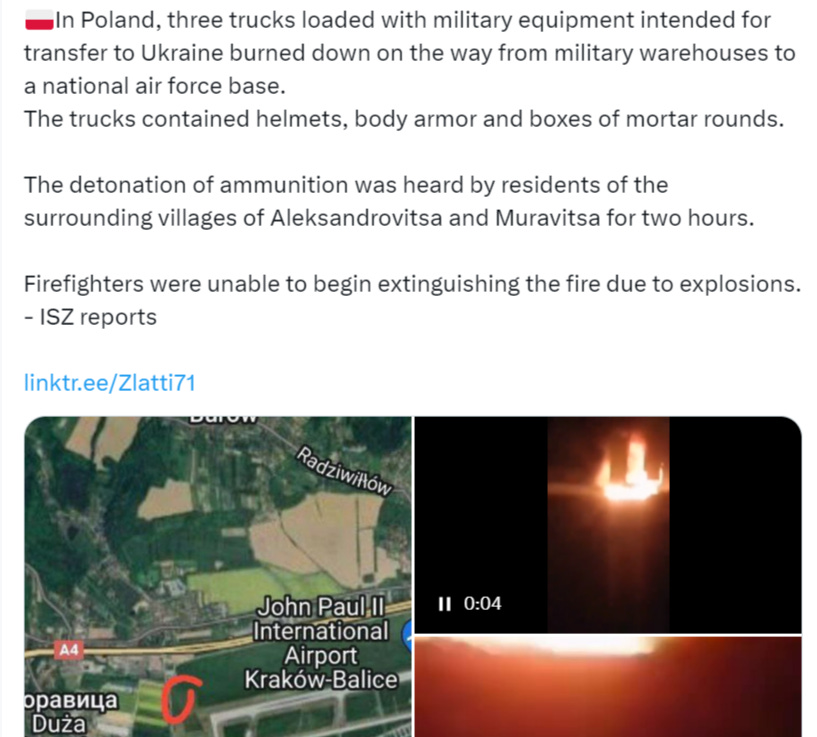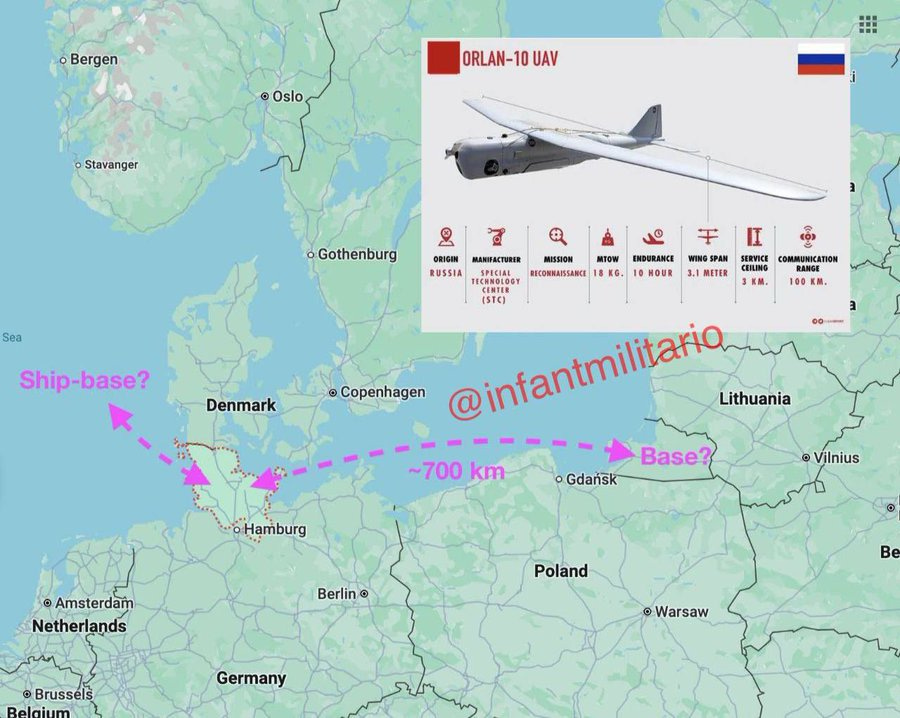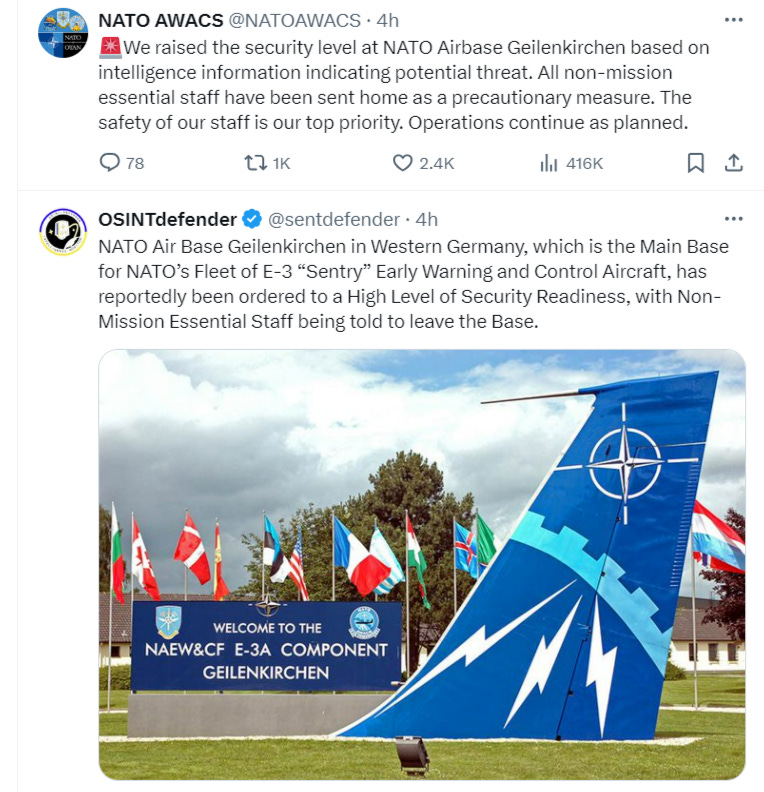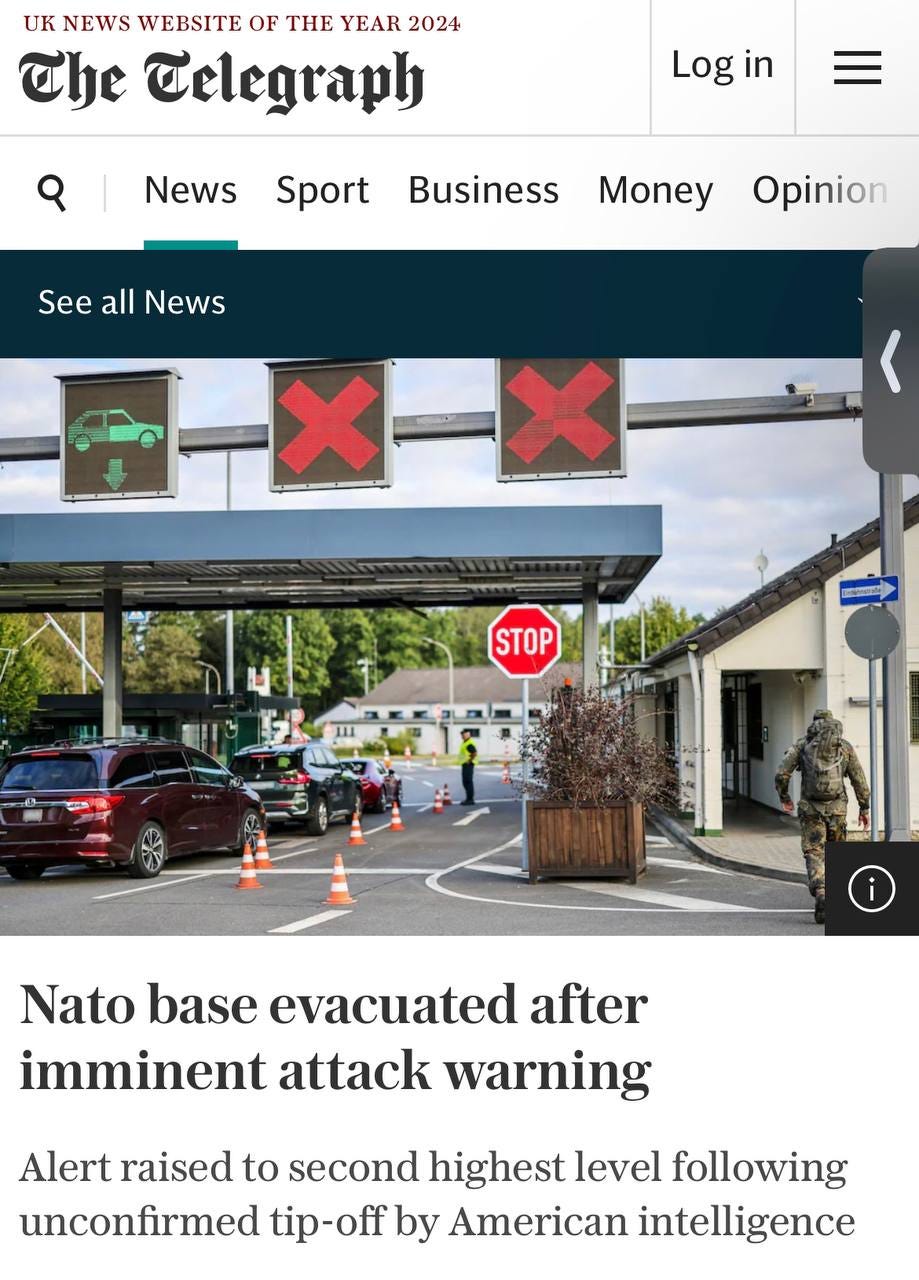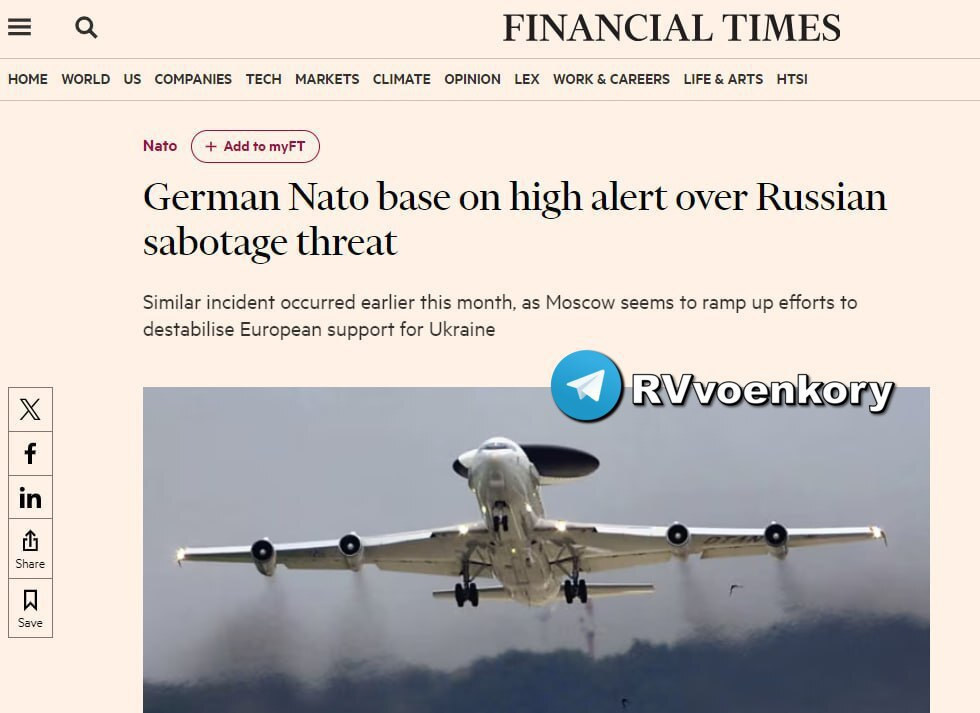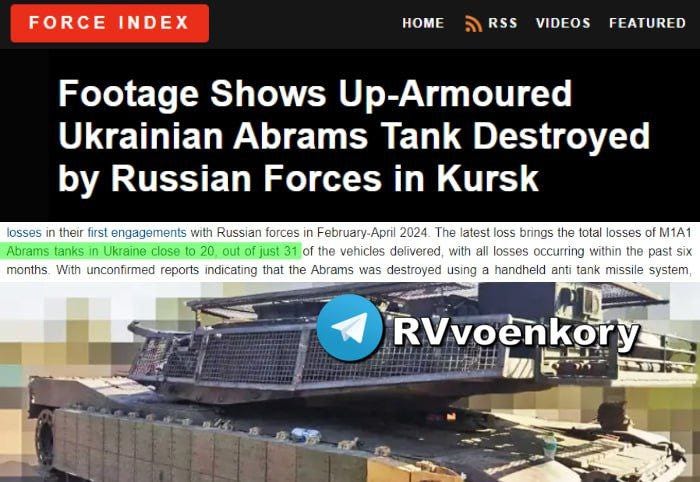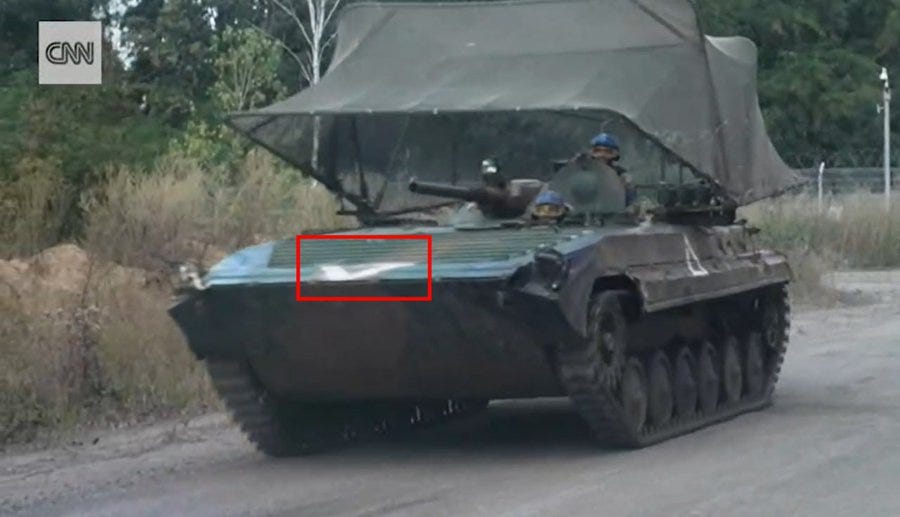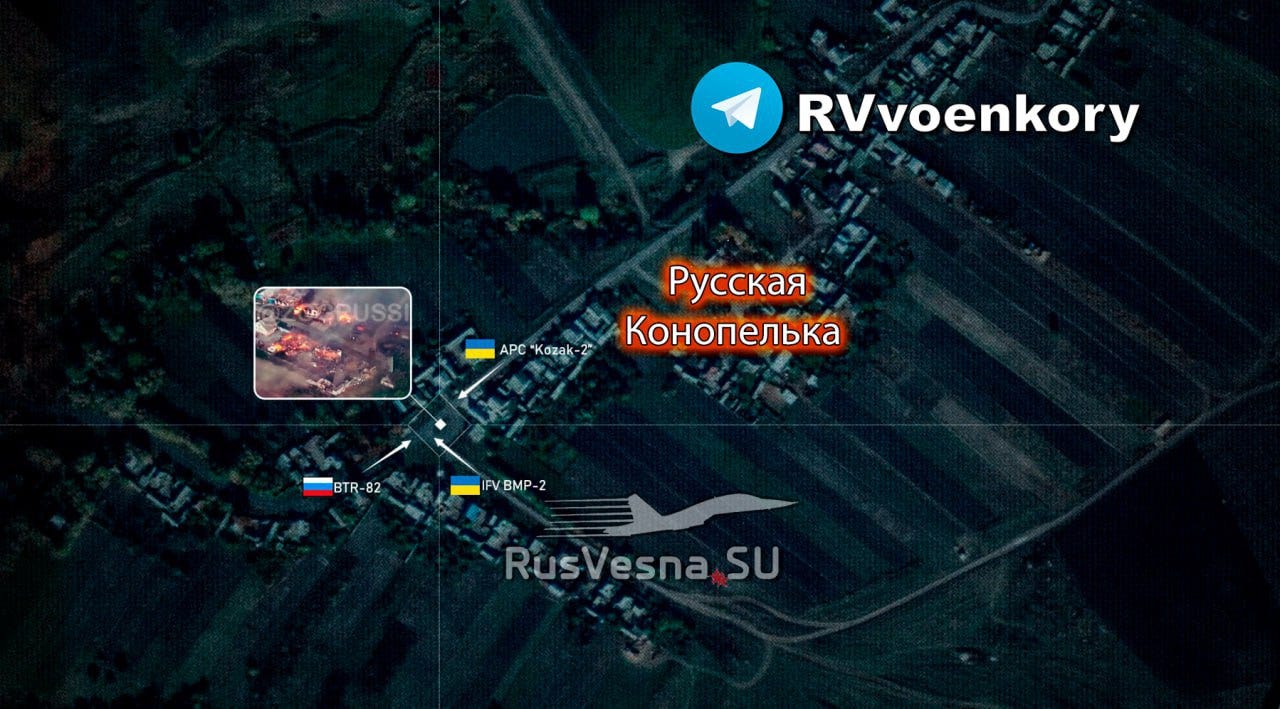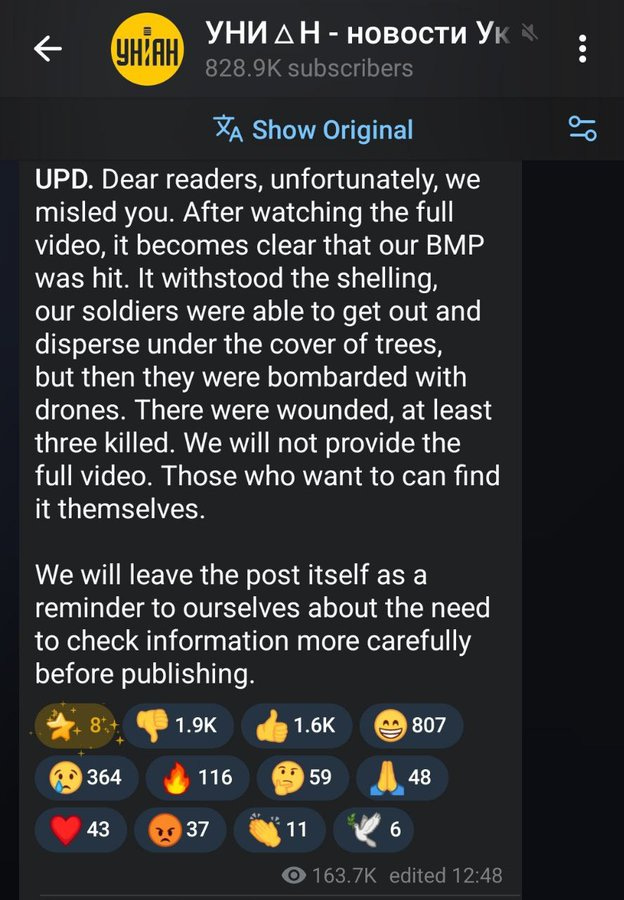SITREP 8/23/24: Despite Russian Fumbles, Ukraine Continues to Unspool – Simplicius
Sat 8:29 am +00:00, 24 Aug 2024
Things continue apace in Ukraine, with Zelensky seemingly losing his nerve about the inability to improve his position in the Kursk region. Thus Ukraine has again flirted with danger by sending an FPV drone to the nearby Kursk nuclear power plant. More and more the West is drumming up the ‘nuclear threat’, which included a new video reportedly made in the US showing a Russian nuke’s impact on Kiev, all of which continues the timely discussion I began in the paid subscriber piece two days ago. Now there’s rumor that Putin has decided to punish the wicked responsible for Kursk, and some sort of large scale attack on Kiev government infrastructure is imminent. Several countries issued a security alert From the official US embassy in Kiev above:
What gave it some semblance of credibility was Russian ambassador to the US Anatoly Antonov’s statement that Putin has made a “decision” on how to ‘severely punish’ the ones responsible—presumably Ukrainian leadership—for the Kursk invasion:
It remains to be seen what kind of punishment we’re talking about. But it’s now expected that Ukraine will occupy Kursk for at least several months, if not half a year or so, with Ukrainian sources claiming the Russian government is massaging the ‘state media’ to introduce this idea as a ‘new normal’. Ukraine has blown the bridges on the Seym, which means the AFU themselves cannot use them, which implies Ukraine is happy to dig in and occupy the parcel of land they’ve already taken as a thorn in Russia’s side, so that they can continue the information campaign that ‘Ukraine now controls part of Russia, and Putin’s regime is collapsing’ indefinitely. They’ve also begun destroying Russian pontoon attempts, both with FPV and HIMARS: In fact, several new psyops have been rolled out, including the likely fake announcement that Ukraine intends to hold a referendum on Kursk territory to annex it as a tit-for-tat. Russian forces on the other hand, are digging a large trenchworks outside of the Kursk nuclear power plant: The reason this is a modest PR victory for Ukraine in the near term future is because not only can they continue claiming they hold Russian territory in an attempt to weaken Putin’s approval, but also continue staging provocations on Russian territory, which include hitting the nuclear plant area with drones, artillery, etc., now that they’re within range of it. Not to mention it has bolstered morale in the West: This has had some effect on Russian society, with many media figures now criticizing the government for its soft-handed approach to the war. Political scientist Professor Evstafyev on Soloviev Live epitomized this with his fiery polemic against Russia’s elites: This was echoed by Russian military expert Shurygin, who called to finally switch from the SMO format to full-scale war:
Some people have begun to view Russia’s elites as being in a state of paralysis when it comes to escalation management. I will admit that I don’t think Putin and his ruling class’s handling particularly of the border regions has been ideal. In a way, it does feel like he tries too hard in keeping society at large sanitized or shielded away from the conflict as it grows on Russia’s own borders. And when he does make statements on the matter, they are usually uninspired and boilerplate, with little demonstrated accountability for anyone involved. Another way of saying it is that, Russia’s handling of the war comes into its starkest relief during times like this, when Ukraine thrusts the conflict in the face of Russian society, forcing its elites to respond. And the odd nature of Russia’s management of the “SMO” becomes quickly apparent in such cases. For instance, drones are literally crashing around Russia’s nuclear power plant in Kursk, and yet there are hardly any major statements or actions, just the usual anodyne composure. This is coupled with the striking fact that Russian long range missile attacks on Ukraine have recently been paltry at precisely the time one would think they would be peaking. However, I do believe there are reasons for most of this. In the case of the missile strikes, Russia likely continues saving up a larger stockpile just in case, given that a potential NATO confrontation edges closer to reality each day. This is not full-on criticism on my part because I think Russia is still doing what it needs to do in Ukraine at the moment. I simply think that the current highpoint of the conflict’s tension is exposing some of the shakier approaches to the war, but they in no way represent some kind of ‘defeat’ for Russia. It simply exposes some cracks in the foundation—but are those cracks as big as the ones in both Ukraine and the West? No, not even close—which is why context is always important. If you’re stuck in an information bubble watching only Russian doomporn, then you won’t be properly informed. But what is the real reason for this uptick in tension amidst the Russian commentariat? It isn’t the Kursk incursion itself, particularly given that it’s been stopped for now, with no new Ukrainian gains, and in fact some Russian rollbacks. No, the other big prompt has been the series of destructive Ukrainian attacks carried out on a wide array of Russian infrastructure. In the past month alone, Ukraine has dealt serious damage to at least three Russian airfields—Lipetsk, Morozovsk, and the Marinovka base in Volgorod just yesterday. Then there have been the new oil terminal hits, with the Rostov one a few days ago being a particularly grievous example. Now they’ve destroyed, what’s being called by some, one of the last functioning oil ferries in Crimea with a hit last night in Kavkaz. The Rostov oil terminal hit was particularly large: 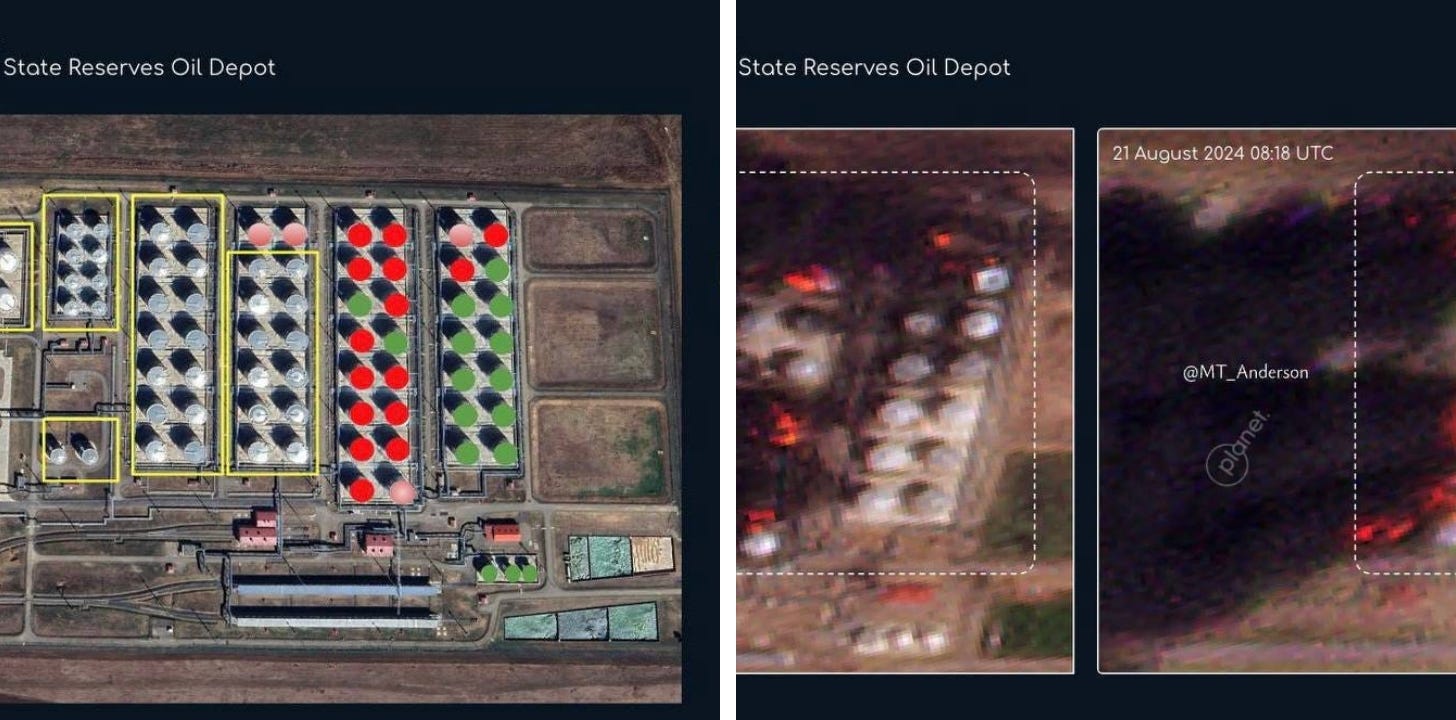 Though Russia has been adding anti-drone netting, it’s unclear how effective they’ve been thus far: These combined paint a swelling picture of Russia under fire, such that alarmist titles like the following are given some semblance of notional validation: And it’s easy to see how some even on the Russian side could begin feeling shaky about Russia’s ongoing war effort, but I have a different take on the ongoing situation. While the latest events have exposed some of the corruptions and shortcomings of the Russian military-state apparatus, at the same time they must be viewed as an accelerated psychological campaign on the part of the West, which is emptying its tank to create a sense of peaking paranoia and a crisis atmosphere for Russia. Ukraine has for now abandoned its objectives on the ground—in the real war—and has gone all in on the PR element. Granted, we’ve said this many times before, but even in the past Ukraine still balanced the two to a degree: for instance, last year to earlier this year, they still attempted moving forward in areas like Klescheyevka and around Bakhmut, pressing advancements in certain other regions in Zaporozhye. But now, they’ve gone on full retreat, and repurposed the vast majority of their resources to carrying out asymmetric attacks deep inside Russia for the sole purpose of destabilizing Putin’s public concensus. There is a grave danger in doing this for Ukraine, the consequences of which we’re already beginning to see. From the Economist article above: From the author of the article: The point is that, the collapse around Pokrovsk direction in particular is picking up speed. Yesterday, Ben Hodges downplayed the advances, claiming Russia only gained 50km since the fall of Avdeevka in February of this year. But I examined the timing more closely and found that from February to June, Russia gained about 10km going from around Berdychi, in west Avdeevka area, to somewhere between Sokil and Prohres; so, that’s 10km in 4 months. However, from June to August they’ve now gone 10km+ from there to the current line hear Grodovka, and upwards of 15-20km a bit further south. That means they are now gaining in 2 months what they previously gained in 4 months. If such an acceleration picks up even more speed, then the collapse could get truly disastrous for Ukraine. At the current pace, Russia would potentially reach Pavlograd by this time next year, itself already not far from Dnipro. Russians With Attitude had a good breakdown for what the outlook could be after Pokrovsk:
Ukrainian Rada MP Bezuglaya actually validated this viewpoint with a long post of her own; read the highlighted portion:
And UK’s Sky News says “Russians could take all of Donbass”: Though it’s collapsing less slowly, the New York – Toretsk front is also undergoing fairly rapid advancement by Russian forces—here’s a map of just the past month: Toretsk proper has even finally been entered, with Russian forces capturing some preliminary positions inside the city itself: Ukrainian ‘journalist’ Yuri Butusov exhibited panic:
Meanwhile, former Ukrainian presidential advisor Oleg Soskin believes Zelensky’s regime will collapse by October:
Interestingly, Apti Alaudinov states that not only will Ukraine’s Kursk incursion be over in 2-3 months, but the entire SMO will end at the same time: In another video he clarified the statement: In short: he says this year either Ukraine will be entirely exhausted and the SMO will end, or NATO will have to get involved to save Ukraine, and WWIII will begin. What all these predictions have in common is the sense that we all can feel, that something has shifted, that Ukraine is acting extremely irrationally, pushed by some urgent time-sensitive need. That urgency can only logically be the knowledge that something is running out—whether it’s manpower, ammunition, Western partner support, or a combination of all the above. Russian frontline reporter Kharchenko’s poignant take:
While it’s true that Ukraine is losing a far larger amount of equipment in Kursk than usual, I’m not convinced it still represents a dangerous expenditure simply because the vast majority of it is expendable light armor that is virtually unlimited in the West, though of course there have been some painful prestige system hits as well. Russian MOD just estimated the AFU’s losses there as follows:
A more independent analysis could only find 100-150 confirmed destroyed vehicles, so it’s impossible to know where the real number lies—probably somewhere in the middle as usual. — Now that the Kursk offensive has stalled, the only next step Zelensky has up the escalation ladder is begging the US for ‘permission’ to conduct longer range strikes with US weaponry. The key point everyone misses about this though is that this approval is not about accurately or powerfully hitting Russian targets. No, it’s all about simply getting NATO as involved as possible in crossing Russia’s ‘red lines’ in order to provoke a conflict between the two. Not only does the new Politico article above imply this, it even offers us an interesting insight about why the US is hesitant to lift restrictions: In reality, Ukraine has far better success hitting deep Russian sites with low-tech drones which are much harder for Russia to take down, owing not only to their large number and swarm ability but also to how low and slow they can fly, bypassing radar nets. Even Rob Lee just came close to admitting the more premier systems have been mostly useless in hitting Russian territory as Russia easily shoots down ATACMS, Storm Shadows, etc.: Read the Politico quote below again: The small drones are a much harder problem also because they’re often made of flimsy materials which are nearly invisible to radar, as the radar waves pass through them—like the infamous cardboard drones. Some interesting technical matters. Ukrainian sources released a map of what they believe are Russian force concentrations on each major front: That roughly amounts to 10-20 brigades, or 3-6 divisions, or 1-2 corps per front. The latest for Ukrainian unit involvement in Kursk—though it’s only some battalions from each of the brigades below: And here’s one breakdown of Russian units there: Remember you can click on all images to make them larger. — Syrsky likewise released an interesting breakdown of Ukraine’s shoot downs of all Russian missiles since the start of the conflict:
So, not only do we have the remarkable number that Russia has allegedly fired nearly 10,000 total missiles, but that Ukraine has only shot down below 30% of them The most difficult to shoot down continues to be the Kh-22, of which I wrote about here, explaining why the Kh-22 may be even far deadlier than the Iskander or Kinzhal, according to some experts: — Syrsky also gave this slide, showing the alleged artillery expenditures: In short, it claims that Russia is back up to 45,000 shots per day, while Ukraine is up to 15,000. This seems extremely high for Russia and could perhaps refer to all types of tube artillery and MLRS, including 122mm, 130mm, 152mm, etc., rather than just 152/155mm. A Russian analyst’s take on the above:
— Ukrainian MP Goncharenko complains that Zelensky is edging toward mobilizing 18 year olds: — For all the jeering outcries that Russia continues to suffer security lapses, NATO itself is undergoing some very odd manifestations. In Poland, trucks carrying Ukrainian equipment continue to burn down: Now there are strange reports out of Germany:
With the fearmongering dialing up to max level: In the meantime, Josep Borrell has admitted that NATO is involved in Ukraine: — Military Watch magazine reports that 20 out of 31 Abrams have been destroyed, with the tank proving ineffective against Russian ATGMs: — A unique battle occurred when a Russian Bmp-3 or BTR-82 encountered a Ukrainian Kozak armored car and Bmp-2 at point blank range in Kursk. The Kozak swiftly reversed out, but the Ukrainian Bmp-2 was hit at point blank range by the Russian 30mm autofire, being destroyed in the process: Ukrainians tried to claim it was Russian friendly fire, but in fact many different images and reports came out proving it was a Ukrainian Bmp-2 that was destroyed. Here is the image of the Bmp-2: With Ukrainian channel admitting to it, including that the soldiers inside were killed afterwards: — Lastly, many know that Russia has been working on their Boeing airliner replacement, the MC-21, for a long time now. A new video has demonstrated its unreal capabilities during ongoing test flights: — Lastly, Zelensky says the Kursk attack was a way to end the war on ‘Ukraine’s terms’, admitting what every analyst has now been suspecting: Meanwhile, his own officers believe it was nothing more than a PR stunt to get clicks and likes online:
Your support is invaluable. If you enjoyed the read, I would greatly appreciate if you subscribed to a monthly/yearly pledge to support my work, so that I may continue providing you with detailed, incisive reports like this one. Alternatively, you can tip here: buymeacoffee.com/Simplicius |



